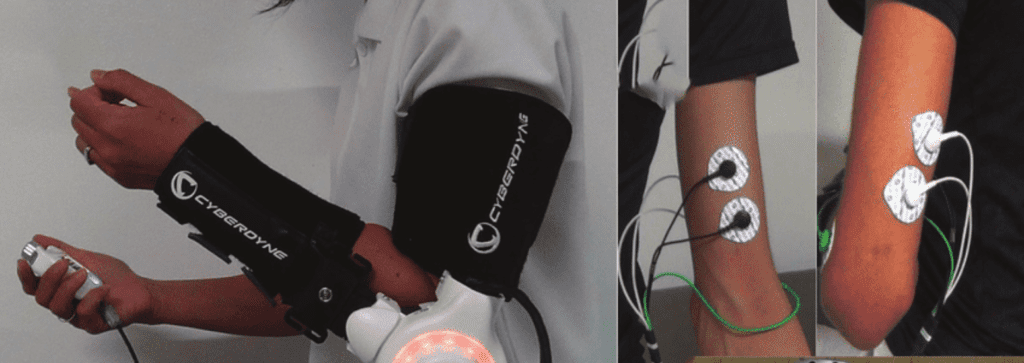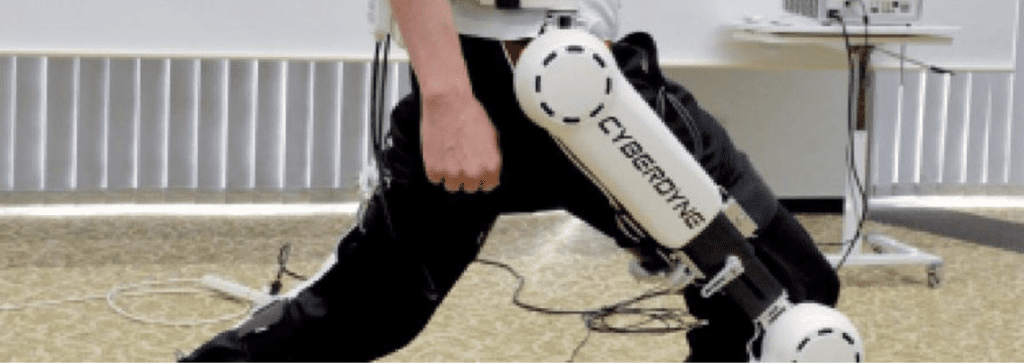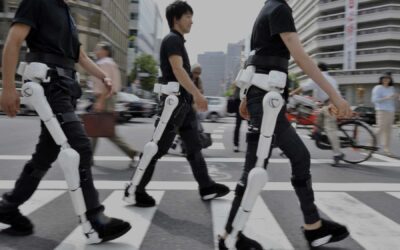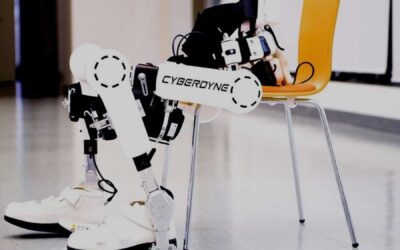The Hybrid Assistive Limb (HAL) from Cyberdyne Lumbar Classification Two functions might be served by the technology of well-being. Caregivers and recipients of care can both be assisted by this gadget. It lessens the strain placed on the lumbar area during care movements and lowers the possibility of back injury when used by a “caregiver.” In the hands of “care-receivers,” it may enable an individual with weak legs preserve and enhance their bodily functions.
How does HAL work on Lumbar Issues?

Spinal cord injuries, increasingly intractable neuromuscular illness, and other lumbar disorders are among the conditions treated by the neuronally controlled Wearable Cyborg HAL.
Neural feedback treatment is performed using the neuronally controlled HAL robot suit. When the patient’s muscle receives a directive to do a movement, the nerve endings in their spinal cord send the signal, causing the muscle to tense up in preparation for the action. An autonomous beginning of movement is only partially achievable in individuals with neurogenic gait disorders due to partial impairment of this signal chain.
But the patient’s remaining neuromuscular impulses are detected by sensors and sent to the HAL system. When the system recognises impulses, it gives the patient the necessary power support so they can carry out the intended movement.
Techniques and Plans for Lumbar Issues by HAL
- Motion Helping to Encourage Independence:
It is expected that voluntary Cyberdyne HAL training will preserve and improve bodily functioning while promoting independence. The lightweight and portable form is suitable for a broad range of scenarios, such as engaging in enjoyable group activities at the facility and providing complete care during home visits.

- Lower back tension reduction when receiving care:
A feature to further reduce the lumbar strain was created through medical and anatomical study and simulation of care activities including transfer and posture change assistance.
Apart from the “Hybrid Mode,” which enables The Wearable Cyborg HAL to identify “bioelectrical signal” reflected on the will of movement conveyed from the brain to the muscle via the nerve system, a new mode named “Cybernics Autonomous Control mode” has been installed. This mode can enable the user to operate the device without the need to attach the sensors. With the ability to wear the device in less than 10 seconds in the new mode, this is especially helpful for caregivers who wished to utilise HAL︓ in a variety of settings with little effort.
- Benefits everyone in the nursing care area:
Improving the physical strain on caregivers results in a safer workplace and fewer workplace accidents. Furthermore, improving the care recipient’s independence via activities like sitting up without assistance lessens both the caregiver’s and the recipient’s burdens. The new Wearable Cyborg HAL will tackle resolving the problems associated with an ageing society by playing two roles.
Our patient’s Recovery Statement
A patient’s life who suffers from lumbar problems is improved by robot suits. This is the first wearable robot or cyborg suit in history. Physiotherapists and rehabilitation have an opportunity as exoskeleton robotic technology advances.
Cyberdyne HAL technology is thought to have a wide range of applications in rehabilitation, and this sector has strict professional criteria. The study of robotic technology in the treatment of Cyberdyne is heavily focused on lumbar and lower extremity rehabilitation.
So, log onto https://rehabmodalities.com/ for a free demo on how to help patients actively use their regained mobility in everyday life after a significant gain in lumbar strength



